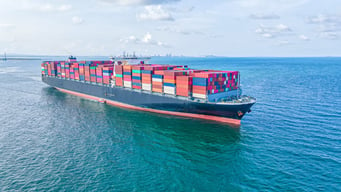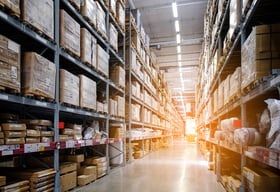
Fumigation Certificate

Home > Freight Glossary > Fumigation Certificate

Trending
What is a Fumigation Certificate?
A Fumigation Certificate, also known as a Pest Control Certificate, is a document that confirms the completion of fumigation procedures on shipped goods, particularly those involving wood packaging like pallets and boxes. This certification is essential to ensure that the goods being transported are free from pests and diseases, complying with the environmental and health safety standards of the importing country. Various types of fumigation certificates exist, such as the methyl bromide fumigation certificate, container fumigation certificate, and wooden box fumigation certificate.
When is fumigation required?
Fumigation is required whenever goods are transported internationally using wooden packaging. Most countries mandate these procedures to prevent the cross-border spread of pests and diseases that could harm local ecosystems and agriculture. Specific requirements can vary, but commonly, items like wooden pallets, crates, and boxes need to be treated before or after shipment. For example, the fumigation certificate for wooden pallets is often necessary to clear customs in many countries, especially those enforcing strict quarantine regulations.
Why is fumigation required?
Fumigation is a critical measure in international trade to maintain biosecurity. It helps eliminate risks associated with the transfer of invasive species, including insects and plant diseases, which can have devastating effects on agriculture, biodiversity, and public health. Countries often require a phytosanitary certificate and fumigation certificate to ensure that imported goods do not pose a threat to their ecological and agricultural integrity. For instance, the BMSB (Brown Marmorated Stink Bug) fumigation certificate is specifically required for shipments from regions where this pest is prevalent, as it poses a significant threat to agricultural crops.
How does fumigation work?
Fumigation involves using pesticides—commonly methyl bromide or other approved chemicals—to suffocate or poison the pests within enclosed areas such as shipping containers or wooden packing materials. The process must be carried out by certified professionals who will seal the infested area or item to contain the fumigant, ensuring it penetrates deeply enough to eliminate any pests present. After the treatment, the area is ventilated to allow the chemicals to disperse before the goods are considered safe for continuation of transit. Only after successful fumigation and inspection will a fumigation certificate be issued, certifying that the goods are free from pests.
Cost of getting a Fumigation Certificate
The cost of obtaining a fumigation certificate varies depending on several factors including the type of goods, the volume of goods needing treatment, the chemicals used, and local regulations. Typically, the fumigation certificate cost includes the service fee for the fumigation process itself and the documentation fee for issuing the certificate. Prices can range significantly, but businesses should anticipate this as a necessary expense for compliance with international shipping regulations. It is crucial for exporters to factor in these costs when trading internationally to avoid delays and ensure smooth customs clearance.
Contact

Ocean Freight

Road Freight








